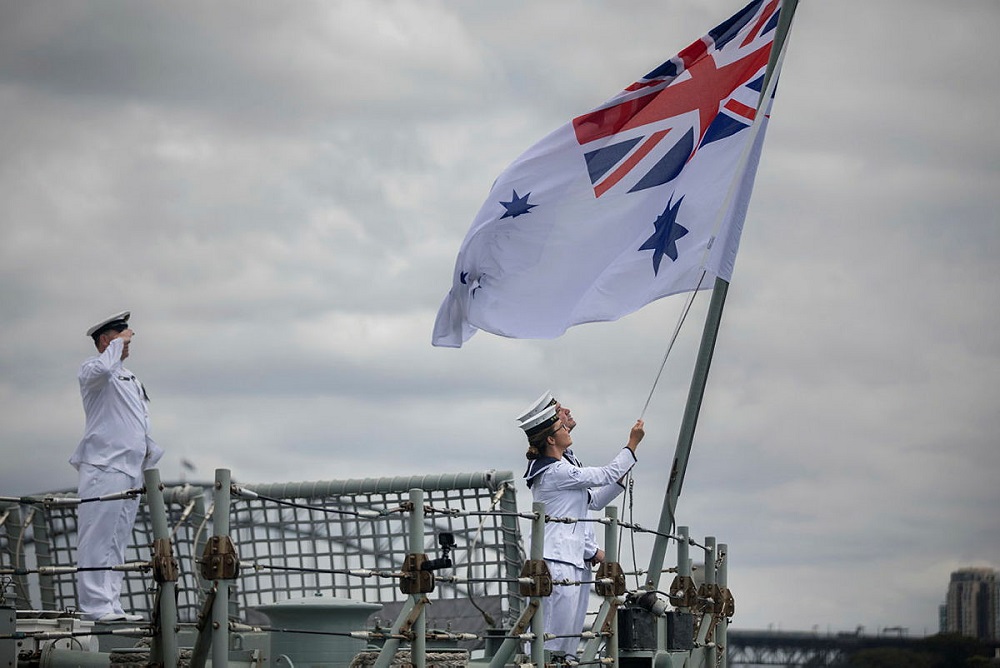Personally I’d like to see a cut to just 5 ASW focused Hunters followed by 5 AWD Hunters or Type 83s. In the 2030s we will have 7-8 subs, (3 Virginias and 4-5 Collins). Likely a significant number of USVs and UUVs plus a giant up tick in underwater surveillance systems.
5 ASW, 5 AWD + 10 GPF gives you the 20 major surface combatants Jennifer Parker suggested.
equivalent cost and crewing to a 6-6-6 split.
TBH those type numbers sounds rather... poor. IIRC five vessels in service should provide one available at any given moment either on a deployment or available for deployment, with the potential to surge one or two more. I would rather a bit more in terms of both the
Hunter-class FFG for ASW ops as well as whatever would become the replacement for the
Hobart-class DDF for air defence, and a reduced number of GP frigates which I suspect would be of greater capability than the current
ANZAC-class frigates, but less than either dedicated ASW frigates or air defence destroyers in their respective specialties.
An obvious question is when would the RAN be able to have such a fleet built, as well as have the crew to operate so many vessels?
Also, I doubt that the Type 83 would be ready in time for the RAN to select that design as a replacement for the
Hobart-class DDG's if the
Hunter-class build is in fact cut back to only six instead of the originally planned nine vessels. IIRC the RN has started the planning for the Type 83, to replace the Type 45/
Daring-class DDG's in the late 2030's. If the RAN replacement destroyer design is to start building once the reduced
Hunter-class build is completed, then construction would likely start ~2036-ish. Additionally, if GP frigates were to be built, who would build them and where? Osborne/ASC is likely to be occupied with either the
Hunter-class, or the replacement destroyers. Pretty much the only reason why ASC might have spare space & capacity is if someone, likely in gov't seriously dropped the ball so that the replacement destroyer programme was not ready to immediately follow the end of the SEA 5000 build. If that were to happen, then perhaps keel-hauling might need to be brought back.

